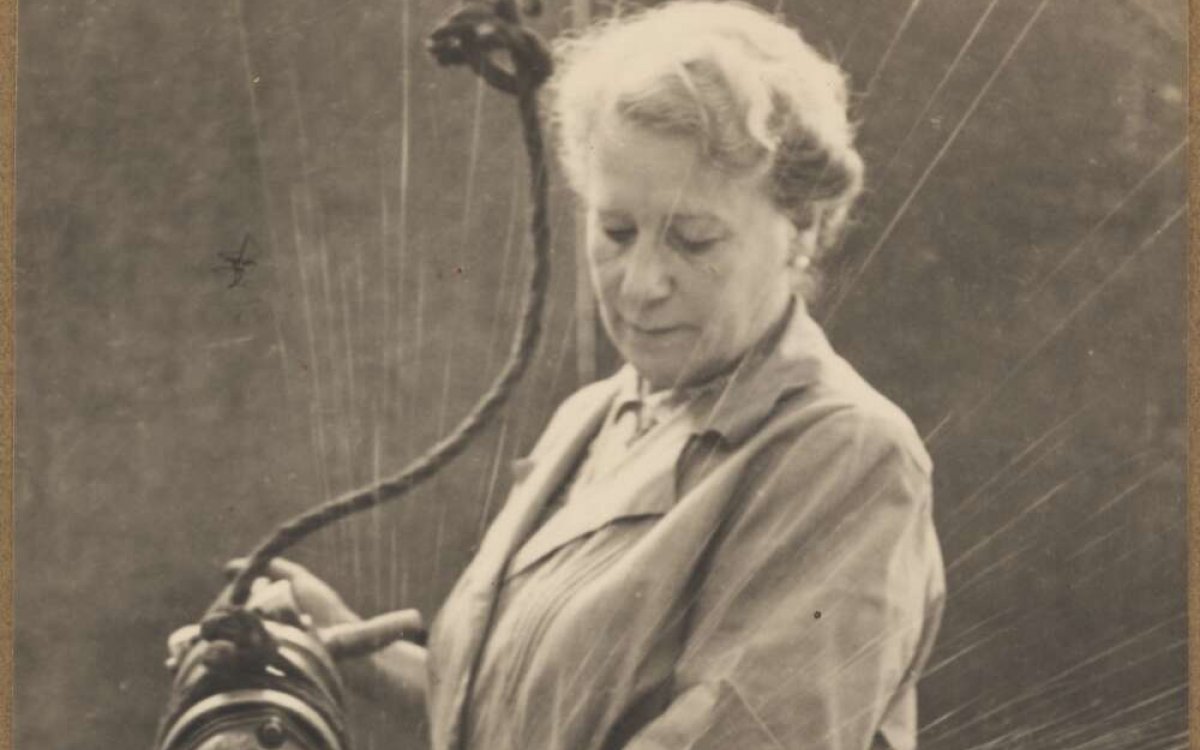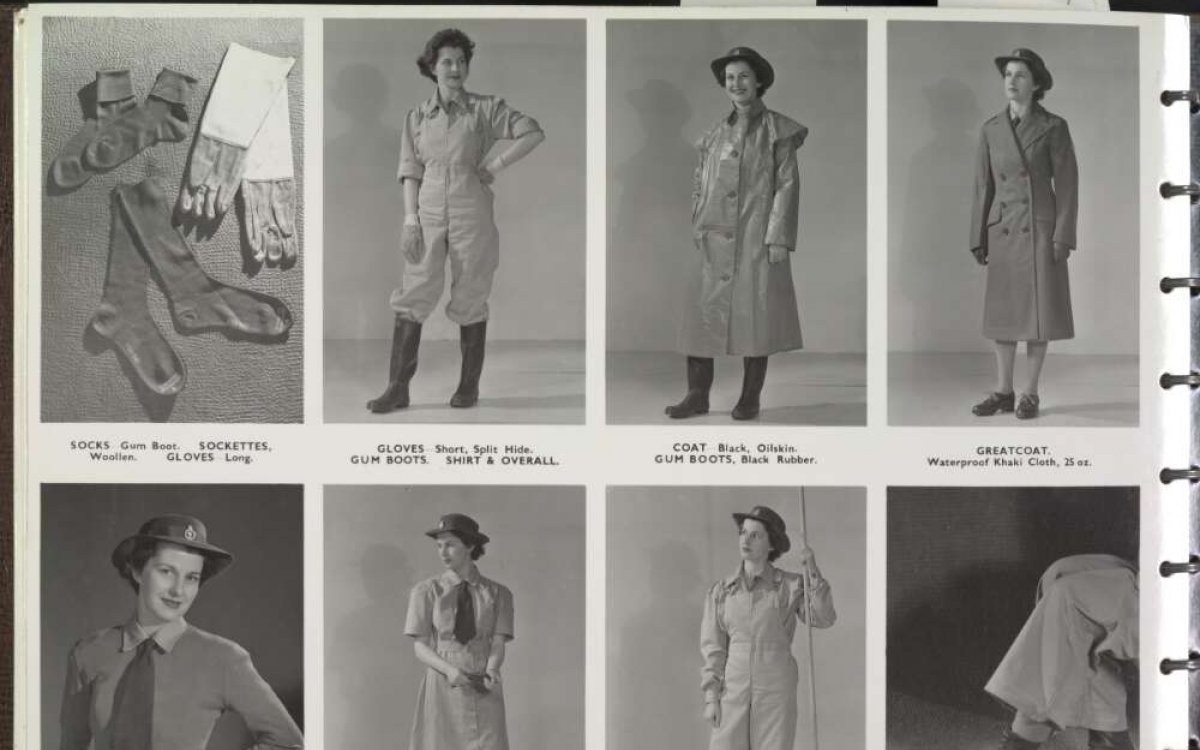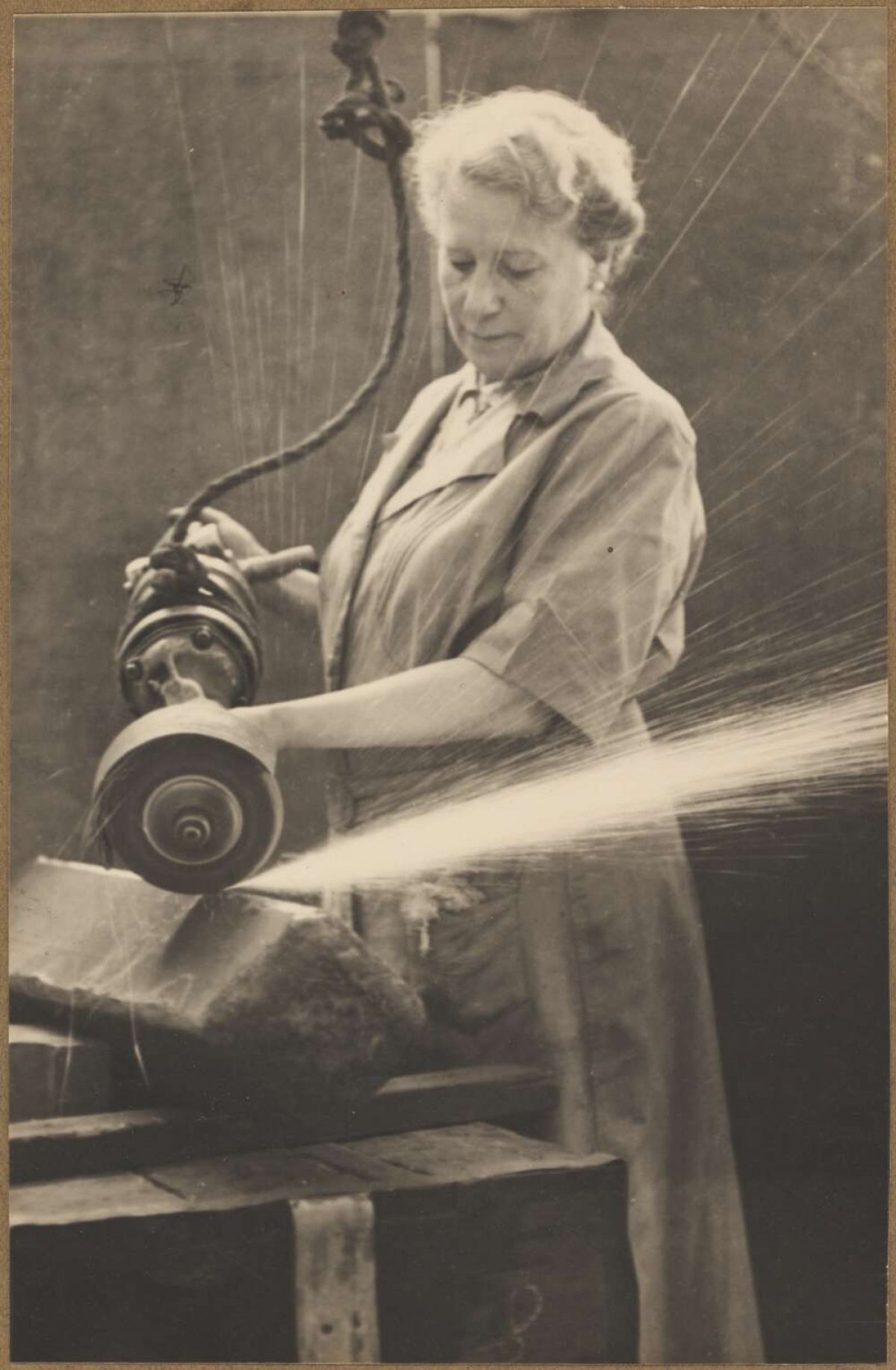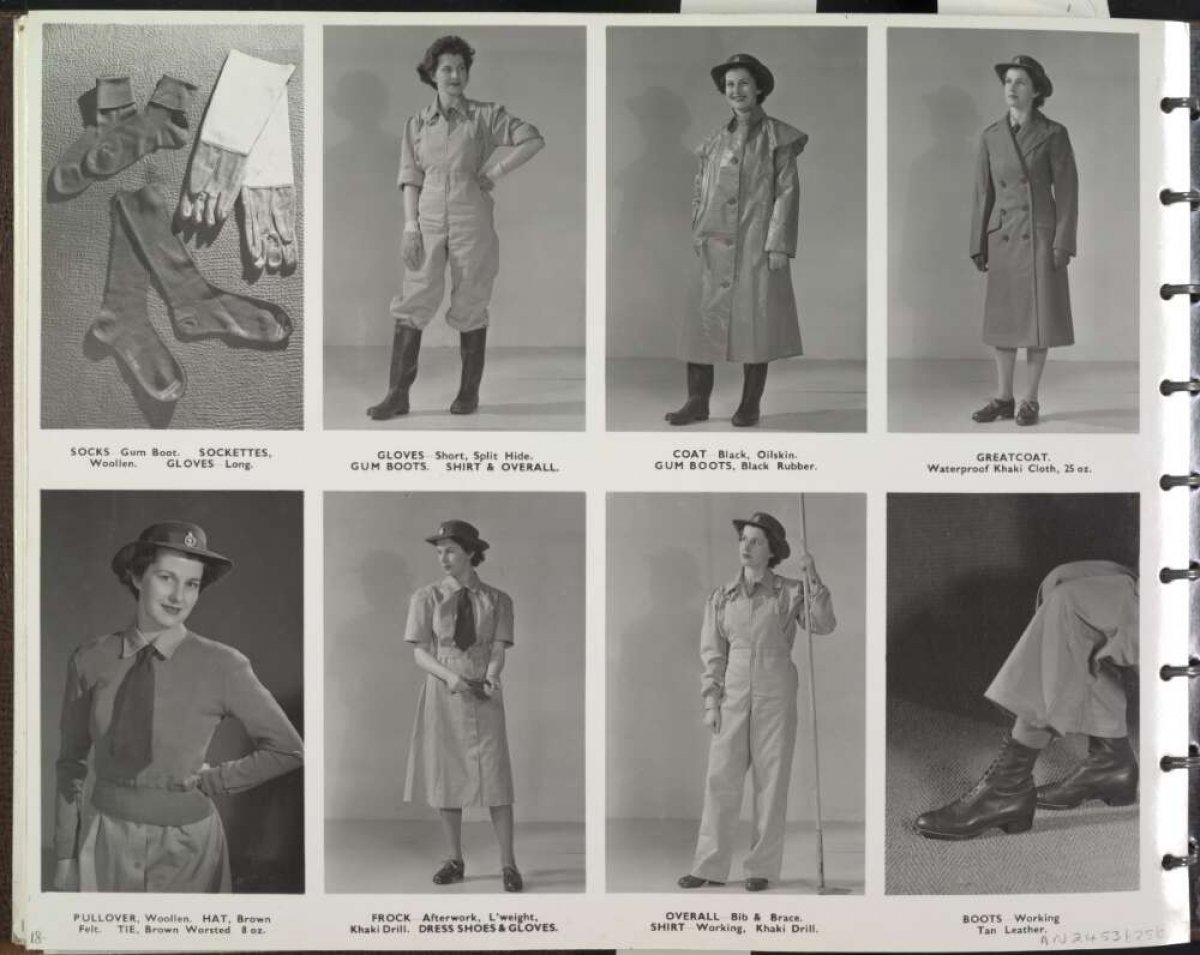The First World War was a timely and positive catalyst for progressing women’s rights. When Britain and Australia sent men to the battlefields, there were fewer able-bodied Australians to fulfil vital roles previously reserved for men. Conscription in 1915 further propelled the demand for female labour. While previously women had been limited to working primarily in textile factories and in the domestic sphere, they were now actively recruited to roles such as ticket collector, postal worker, railway guard, police officer and firefighter. Munitions factories relied heavily on female labour, and women also fulfilled valuable roles as nurses near the front line. Some women found work as war artists and writers.
Jessie Street was in the United Kingdom at the beginning of The First World War. Listen to Street talk about how war affected the types of roles performed by women did:

(1944). Women volunteer grinding a billet of armour piercing steel at a munitions factory, Australia, 1944 [picture]. http://nla.gov.au/nla.obj-141476321
In Australia, labour shortages during the Second World War resulted in the formation of a women’s auxiliary arm of each of the armed services. Over 66,000 women enlisted to take up opportunities with the Women’s Royal Australian Naval Service (WRANS), the Australian Women’s Army Service (AWAS), the Women’s Australian National Service (WANS) and the Women’s Australian Auxiliary Air Force (WAAAF). Women made up nearly 7 per cent of the one million Australians who served in the Second World War. They performed both traditionally male technical roles such as mechanics (which released men to serve) as well as traditionally female roles such as cooks.
The Australian Women’s Land Army was formed during the Second World War to alleviate labour shortages in the farming sector. It attracted over 3,000 members. They supported the war effort by growing fruit and vegetables, raising pigs and poultry, and working with sheep and wool.

Australia. Department of Supply and Shipping. (1943). The uniform dress, Australian Womens Land Army [picture] / Minister for Supply and Shipping. http://nla.gov.au/nla.obj-141203624
Smaller organisations, created and maintained by the women themselves, also rose up, including the Women’s Agricultural Security Production Service (WASPS).
Across both wars, women dutifully served their country, taking up both paid and volunteer work. They often received only a percentage of the male pay rate for performing the same roles. At the end of the war, men returned to the roles occupied by women, and women were made to gove up their jobs and return to domestic duties. What lingered was a sense of accomplishment and service, which many women were reluctant to walk away from.
Activities
- Research the roles that women performed in the First World War and compare them with the roles they took on in the Second World War. How did they change? How do they compare to the work done by women today the armed forces? Create a timeline of the working roles that women have taken in or supporting the Australian Armed Forces.
- Formal organisations such as the WANS, WAAAF, AWLA and AWAS enabled women to contribute during wartime. Choose one of these services to research. Where and when did it began? Did its members serve overseas? What kind of work did women do?
- Invite a woman serving, or who has previously served, in the armed services to speak to the class. Ask them about their reasons for serving and their typical day. How does this differ from the motivations and experiences of women who signed up for the women’s services in the First World War?
- Women faced many challenges on the home front, from supporting a family on rations to welcoming home a husband or father who may have been wounded or have mental illness. Research an element of life on the home front in the Second World War and present your findings to the class.
- Using Trove, search for ‘austerity’ menus and recipes in 1942. Make one of these foods to share with the class.
- Dame Eadith Walker was a philanthropist who worked to establish services and support for servicemen after the First World War. Research her life and contribution.

